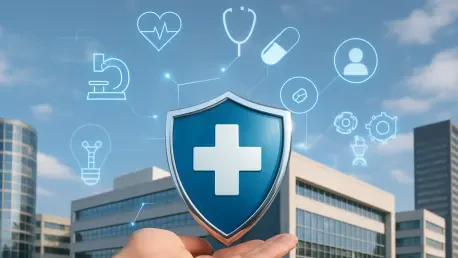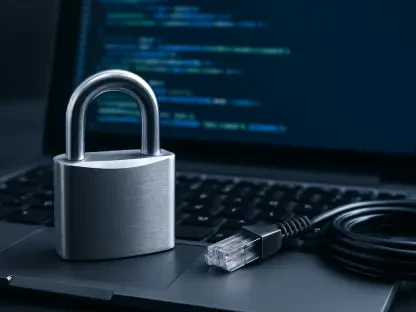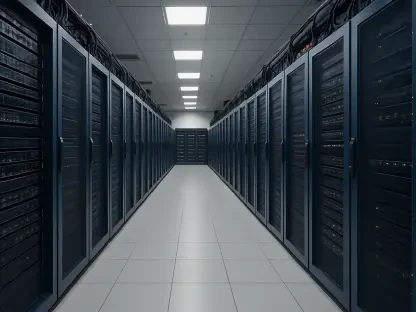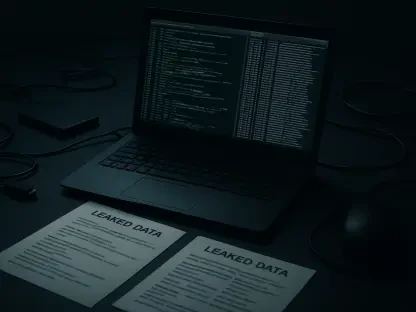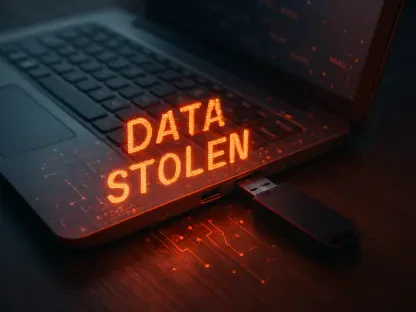In today’s digital age, the need for robust cybersecurity measures in healthcare has never been more crucial. Rupert Marais, an authority on cybersecurity in healthcare, offers invaluable insights into the intricate world of protecting sensitive data from cyber threats. With recent events highlighting vulnerabilities, Rupert discusses the impact of breaches, steps for prevention, and strategies for bolstering security.
Can you provide a brief overview of the data breach at Episource?
The Episource data breach was a significant incident where a cybercriminal accessed and stole information from their systems over the past winter. It affected around 5.4 million people and is one of the largest breaches reported to federal regulators in 2025. The breach involved the exposure of both personal and health-related data.
When did Episource first detect the unusual activity on its systems?
Episource detected unusual activity on their computer systems back in February. This prompted an investigation that confirmed their data had indeed been accessed and stolen by cybercriminals.
What specific data was accessed and stolen by the cybercriminals?
The data accessed included contact information, health insurance details, medical record numbers, doctors’ information, diagnoses, test results, and treatment histories. In addition to these health-related details, personal information like Social Security numbers and birth dates might also have been compromised.
How many people were affected by this data breach?
The breach impacted approximately 5.4 million people, making it a significant event in the landscape of healthcare data-security incidents for this year.
How does this breach compare in size to other recent healthcare data breaches?
This breach is significant but still slightly smaller than another recent one at Yale New Haven Health System, which affected about 5.6 million individuals. These numbers illustrate the alarming scale of exposure in healthcare breaches today.
Could you describe what information was potentially compromised in this breach?
Potentially compromised information includes a combination of personal identification data and sensitive health details. This ranges from basic contact information and Social Security numbers to intimate health records, test results, and treatment information, leaving individuals vulnerable to various risks.
Is there any evidence of misuse of the data so far?
So far, Episource has not reported any evidence of misuse of the data. However, the potential for such misuse exists, which keeps everyone on high alert.
Were all of Episource’s customers affected by the breach?
No, not all of Episource’s customers were affected by the breach. The company is collaborating closely with the impacted healthcare organizations to ensure that the individuals whose data was compromised are properly notified.
How is Episource working with affected healthcare organizations to notify individuals of the breach?
Episource is assisting the affected healthcare organizations in identifying and notifying individuals with compromised data. They are facilitating communication to ensure that these individuals are aware and can take appropriate actions.
Can you elaborate on how Sharp Healthcare was impacted by this breach?
Sharp Healthcare, one of the affected customers, was informed in late April about their involvement in the breach. They reported this incident to the Office for Civil Rights, with more than 24,000 individuals being affected in the broader Sharp medical group.
What measures is Episource taking to prevent similar breaches in the future?
In response to the breach, Episource is likely reinforcing their cybersecurity measures. Though specifics aren’t publicly detailed, typical strategies would include enhancing their system’s security protocols, improving monitoring systems to detect unusual activities earlier, and conducting thorough audits to identify and rectify vulnerabilities.
How common are data breaches in the healthcare sector nowadays?
Data breaches have become alarmingly common in the healthcare sector, driven largely by hacking attempts and ransomware attacks. The sensitive nature of the data makes healthcare organizations attractive targets for cybercriminals.
What role does ransomware play in these types of cyberattacks?
Ransomware is a substantial player in healthcare cyberattacks. It essentially locks users out of their systems, decrypting data only upon ransom payment. This form of attack can halt operations and lead to significant data exposure.
How did a previous ransomware attack on UnitedHealth’s subsidiary Change Healthcare impact individuals?
That particular ransomware attack compromised data from a staggering 190 million people. It wasn’t just the sheer scale that was concerning, but it highlighted vulnerabilities in even large and seemingly well-secured systems.
How did the breach at Blue Shield of California occur, and what data-sharing issues were identified?
The breach at Blue Shield of California involved improper data sharing through Google Analytics. The analytics service inadvertently shared member data with Google Ads, showcasing the risks involved in third-party data handling and oversight.
How many people have been impacted by healthcare data breaches in 2025 so far?
Millions of individuals have been impacted by various healthcare data breaches in 2025, illustrating a substantial threat that needs addressing through enhanced cybersecurity measures across the industry.
Have there been any other significant breaches in the healthcare industry this year?
Yes, other significant breaches have occurred. Besides the mentioned incidents at Yale and Episource, there have been numerous reports highlighting vulnerabilities and subsequent data exposure across the healthcare sector.
What regulatory body oversees the reporting of healthcare data breaches in the U.S.?
In the U.S., the Office for Civil Rights within the Department of Health and Human Services is the primary regulatory body overseeing the reporting of healthcare data breaches and ensuring compliance with privacy standards.
What are the potential long-term effects of data breaches on affected individuals?
Long-term effects can range from financial fraud and identity theft to personal stress and privacy invasions. Additionally, affected individuals might face challenges in accessing insurance or loans due to compromised personal and financial data.
How can healthcare organizations better protect themselves against cyberattacks in the future?
Constant vigilance is required, along with updated security protocols and regular employee training on cybersecurity best practices. Investing in advanced security systems and maintaining tight scrutiny on third-party service providers can further reduce vulnerabilities.
What is your forecast for the future of healthcare cybersecurity?
The future of healthcare cybersecurity relies on evolving adaptive strategies that encompass both technological advancements and user education. As cyber threats become more sophisticated, proactive measures, transparency, and collaboration within the industry will be key to defending and maintaining the integrity of sensitive data.
